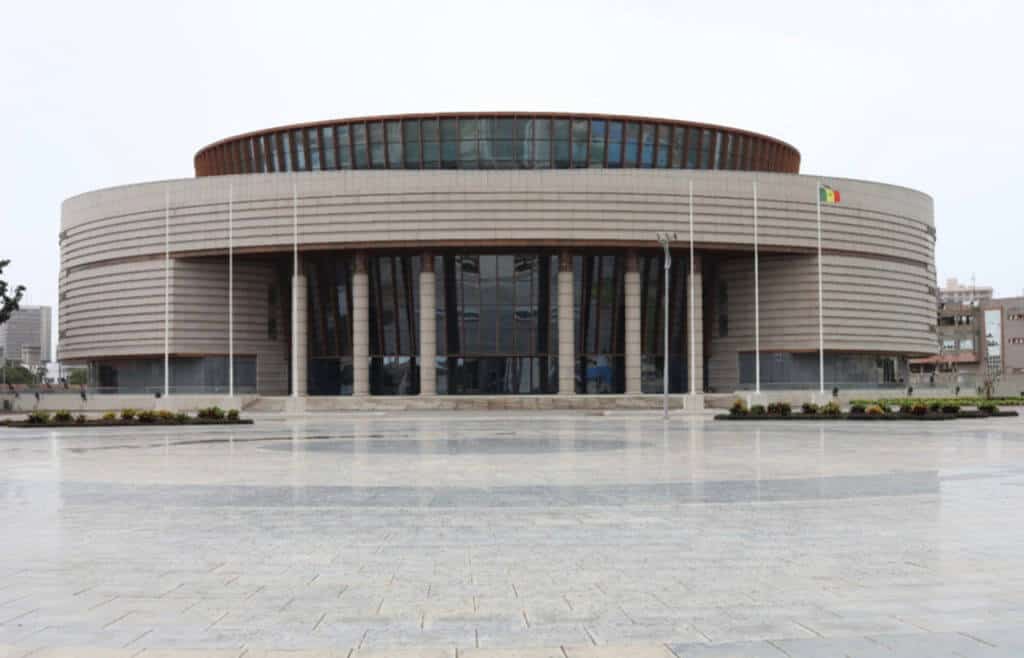The Museum of Black Civilisations honours the dream of Senegal’s first president
The inauguration of Musée des Civilisations Noires (MCN) was hosted in Dakar, Senegal on the 6th of December 2018. The Museum of Black Civilisations honours the dream of Independent Senegal’s first president Léopold Sédar Senghor, a prominent figure of the literary movement of Negritude during the 1960s. Senghor first announced the idea for a museum on the African continent dedicated to black civilisations at the 1966 World Festival of Black Arts.

Musee des Civilisations Noires, Museum of Black Civilisation. Dakar, Senegal.
The museum’s inaugural exhibits range from early civilisations to traditional African masks and spiritualties. It seeks to emphasise the African communities’ growth in the Americas due to the slave trade as well as contemporary art from the continent. There is concentrated effort to showcase African history that is told by Africans for Africans.
Directing operations independently from their sponsors, Senegal received funding for the museum from China – a trade-off one hopes to be just and fair to a country desperately trying to shake a history of exploitation.
A circular structure modelled after the traditional houses of the Senegalese Casamance region, exhibiting both historic and contemporary African works and artefacts also stand with large empty spaces. Rather than desperately filling the museum before inauguration – the empty spaces create a metaphorical physical representation of the continental push for the restitution of African artworks and artefacts wrongfully obtained during colonial rule and currently being housed in European institutions around the world.
“We can no longer say that Africans are not ready to receive works” says Abdoulaye Camara – a researcher at Cheikh Anta Diop University in Dakar.
The inauguration comes hot on the heels of a fervent effort in the repatriation of Senegal’s artefacts from former colonist France. Senegal’s culture minister Abdoul Latif Coulibal stands to hold French President Emmanuel Macron accountable to his pledge in returning African art to the continent. The presence of such a vast and capable museum dedicated to black and African history proves to stand as a rebuttal against the claims opposing restitution – that Africa is without the institutional infrastructure to care for its artefacts and heritage.
With a pan-African mission exemplified by its current stable of contemporary art – the museum houses Cuban artist Elio Rodriguez’s fabric installations that speak to the Caribbean’s dialogue in African history – displayed in the inaugural show. Contributing works by South Africa’s Andries Botha and the Mali artist Abdoulaye Konate, the opening show gives insight to the young and growing collection of MCN. A curatorial mandate made by MCN states the museum to be a “political, cultural, artistic and economic response of the ‘Negritude’ against the technological and cultural devaluation of black civilisations.” The inauguration event proved one of positive African celebration. Homages made to heroes of black civilisation like Martin Luther King and Thomas Sankara themed the opening with a sense of African pride and authenticity just right for this long-awaited historical moment – for Senegal and for Africa. Offering a “dialogue of cultures and a new view of Africa and its diaspora” current Senegalese president spoke at the inauguration event, where the cutting of ribbons and gathering of people in dance and celebration gave the museum its worthy welcome onto the continent.
Pamela Bentley



